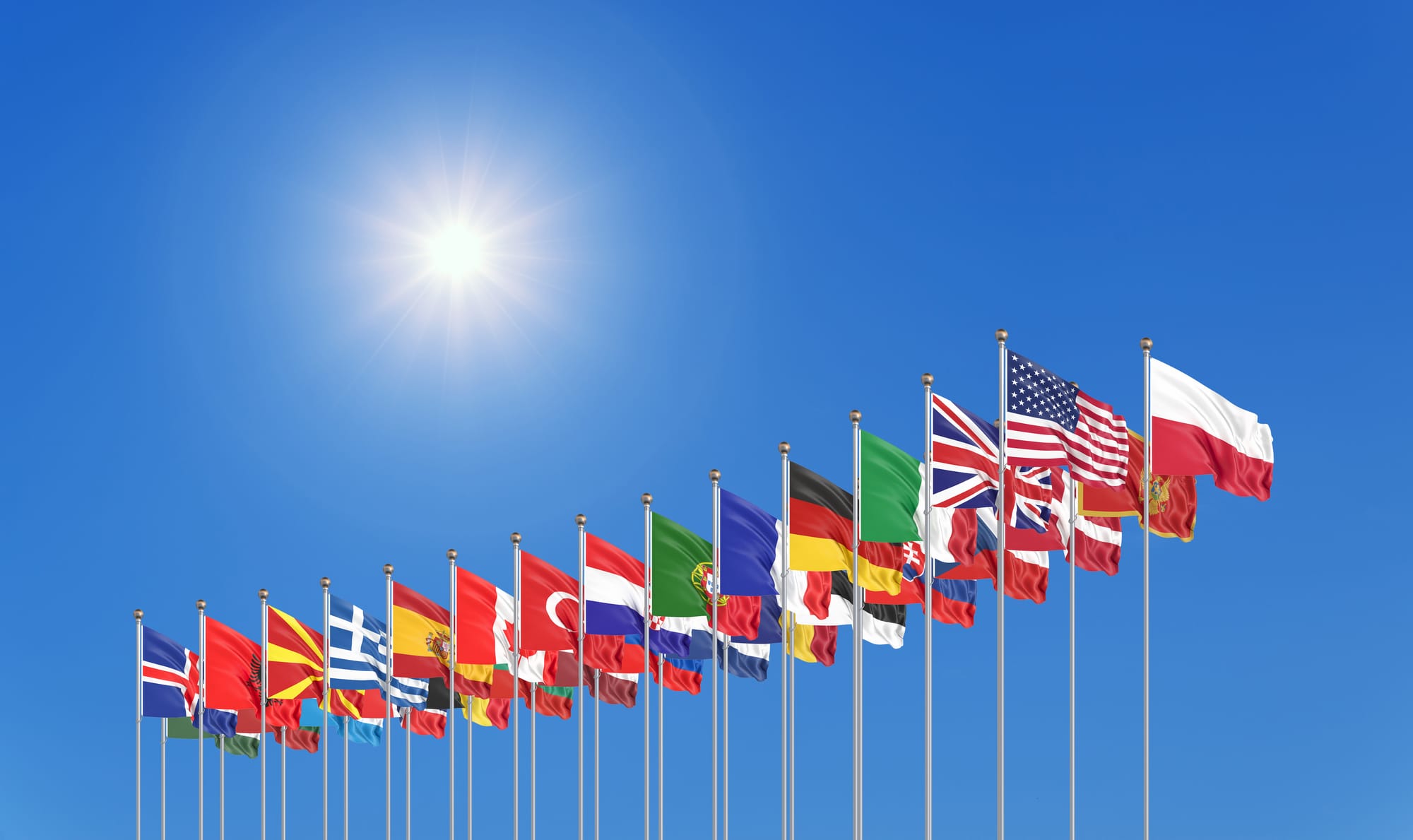The New Face of NATO: Strengthening Europe’s Defence Industry - September 2025

Publishe September 2025
Since the Russian invasion of Ukraine in 2022, NATO has transformed from a primarily military alliance into a powerful economic driver for European defence. Surging defence spending, accelerated industrial capacity, and the accession of Finland and Sweden have reshaped the alliance’s northern flank, creating a contiguous Nordic defence bloc with advanced industrial capabilities.
NATO now coordinates procurement, production, and innovation across Europe, stimulating growth in ammunition, missiles, armoured vehicles, and air defence systems. The alliance also balances transatlantic ties, integrating European industries with U.S. suppliers while fostering regional self-sufficiency.
The Nordic countries exemplify this new model: Sweden contributes advanced aerospace systems, Finland excels in heavy weaponry and emerging technologies, Norway specialises in missiles and Arctic operations, and Denmark adds niche naval and radar capabilities. Through frameworks like NORDEFCO and joint projects such as F-35 integration, these nations demonstrate how regional cooperation can enhance both NATO’s military strength and economic resilience.
Challenges remain, including fragmentation, duplication, and reliance on U.S. platforms like the F-35. Europe’s long-term goal is to maintain strategic autonomy while sustaining robust industrial ecosystems capable of supporting high-end defence capabilities and export markets.
In short, the “new NATO” is as much about industrial vitality and economic growth as it is about collective security—demonstrating that Europe’s defence future depends on both strong armies and strong industries.
Full article available here.


